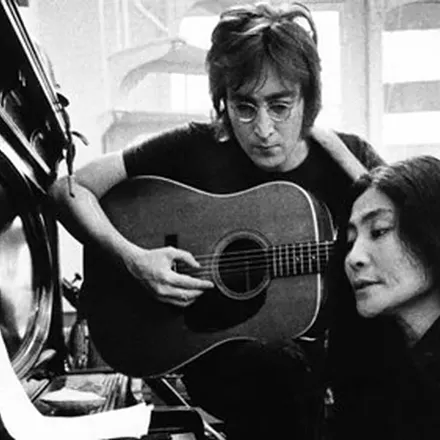Muddying the Waters
Thirteen Lives robs a real-life rescue of the urgency found in the documentary version.
By Scott Renshaw @scottrenshawAt the end of my review for last year's documentary The Rescue, I concluded by noting that it "feels more urgent and emotional than the inevitable fictionalized version could possibly be." You'll have to take my word for it that, at the time, I didn't actually know that work on Thirteen Lives was already underway, and further accept that my reaction to Thirteen Lives isn't simply an attempt to prove my own prediction. Because it would have been wonderful to have been proven wrong, to discover that director Ron Howard's dramatization of the 2018 rescue of a boys' youth soccer team from a flooded cave system in Thailand was actually terrific. Instead ... well, here we are.
I suppose it's possible that those who didn't see Jimmy Chin and Elizabeth Chai Vasarhelyi's terrific documentary—and thus don't have a basis for comparison—might simply be engaged with the stakes of the life-or-death scenario, and the uncertainty of the outcome. Once you do have that basis for comparison, though, it's impossible not to see everything that Howard does wrong, even as he and his screenwriting team try very hard to be thoughtful in their perspective. This is a movie with a big heart and good intentions that simply can't get out of its own way to create a narrative that's actually engaging to watch.
The story opens with the post-practice expedition that takes 12 members of that Thai soccer team and one of their coaches into the Tham Luang cave system, where they're unexpectedly trapped by monsoon rains. While government officials and Navy SEALs work on attempts at a rescue, veteran British cave explorers John Volanthen (Colin Farrell) and Rick Stanton (Viggo Mortensen) learn about the situation that is spreading over international news, and volunteer their efforts at figuring out if the boys are still alive, and whether there's a way to get them out.
It's clear early on that William Nicholson's screenplay is interested in covering not just the work of the English-speaking rescuers, but the role played by so many volunteers from Thailand and around the world. Thirteen Lives regularly checks in on those working to divert water from sinkholes higher up on the mountain, and acknowledges the local farmers who sacrificed their crops for the chance that the boys might be saved. Howard respectfully presents scenes of the boys' parents requesting the blessing of a Buddhist monk, and touches on the seemingly no-win situation faced by the local governor (Sahajak Boonthanakit). It took an army to make this rescue possible, and Thirteen Lives resolutely chooses not to give 100 percent of the attention to the white men divers.
As well-meaning as that decision is, however, it ignores the reality that the white men divers are where the action is—or at least, where it could have been. The nature of the rescue itself presents a filmmaking challenge, since the lack of visibility in the underwater sections was a fundamental component of how difficult this rescue was; when one segment of the system is referred to as "Muddy Tunnel," they ain't joking. But Howard seems almost perversely determined to mute any possibility of finding real tension in this situation, either through use of music or condensing the time frame. Yes, it's true that this real-life story required long stretches of people swimming underground in the dark, but Thirteen Lives becomes painfully slow to watch when it's simply long stretches of people swimming underground in the dark.
So how did The Rescue avoid the same problem? By having the real Volanthen, Stanton and company narrating their experience, providing the sense of drama that the virtual silence of Thirteen Lives never manages. It also serves to provide more personality for the divers than this script does by providing its main characters approximately one personality trait each: Farrell's Volanthen has a young son, affecting his emotional investment in the trapped boys' fate; Stanton is prickly; Australian doctor Harry Harris (Joel Edgerton) is compassionate; etc. The Rescue maintained a ticking-clock urgency by having those who experienced this event telling us what was happening, and what was at stake. In Thirteen Lives, the only ticking clock is the one in your head wondering how much longer you'll have to watch characters you don't really know, swimming underground, slowly, in the dark.
More by Scott Renshaw
-
Film reviews: ONE TO ONE: JOHN & YOKO, THE WEDDING BANQUET, THE UGLY STEPSISTER
Three new movies offer fresh takes on familiar stories.
- Apr 16, 2025
-
Comedian Steve Hofstetter interview
Veteran standup talks about getting started, dealing with hecklers, and learning a valuable lesson in SLC
- Apr 11, 2025
-
Film Reviews: New Releases for April 11
The Amateur, Drop, The Ballad of Wallis Island, Warfare, King of Kings, Sacramento
- Apr 10, 2025
- More »
Latest in Film Reviews
Readers also liked…
-
Sundance 2025 wrap-up plus February special screenings
Uncertainty about the future location shifts focus away from the movies
- Feb 5, 2025










